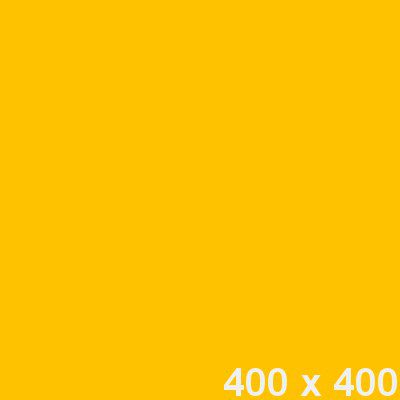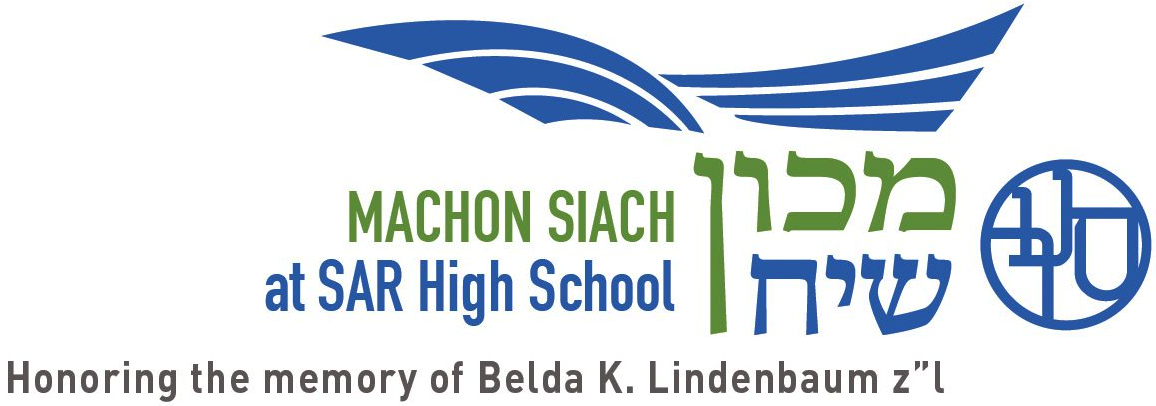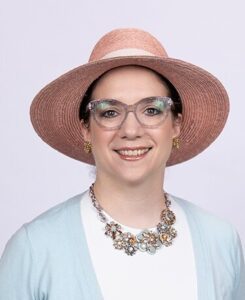
Substance Use Initiative
School administrators often muse that the lack of data regarding our students and parent body creates a gap in our understanding. It’s not that we don’t know our students; we work hard to know them well. Still, we often guess their overall direction—in terms of their religious observance, mental health and personal values. To fill the void, we project and hypothesize based on the personal experiences we have with our students. The problem is, “the plural of anecdote is not data.” And if our hypotheses are inaccurate, our responses will be misguided.
This has long been the case regarding substance use in our Yeshiva high school community. In one sense, we have certainly progressed in recent decades. Our community has acknowledged that substance use exists in our community and that it needs to be addressed. Individuals and organizations have done inspiring work to address substance abuse in the community. But we have not yet tackled the allegedly growing use of substances in the party and tisch cultures – in the general social culture – of our teen community. We have also never had data to understand its dimensions. Until now.
A bit of background. Over the course of the 2017-2018 year, a small group of high school administrators, under the auspices of Machon Siach at SAR High School honoring the memory of Belda Kaufman Lindenbaum, met to explore potential interventions to the use of substances in our community. We discovered a remarkable public health intervention, Planet Youth, that had been done in Reykjavik, Iceland (reported on in The Atlantic and by the BBC) over the course of 18 years and with very substantial results. We then learned about Communities That Care, a similar project in the U.S. developed by the University of Washington. These public health initiatives focus less on punishment or one-off speaker programs and more on creating sustained and focused cultural change over the long term. (Think Mothers Against Drunk Driving rather than Scared Straight.) In both accounts, the first step in developing a public health intervention is to gather data to better understand the issues facing the community.
One such data-gathering instrument is The Communities That Care (CTC) Risk and Protective Factor Youth Survey (also known as the Prevention Needs Assessment [PNA] Survey). It was designed to measure the need for prevention services among youth in the areas of substance abuse, delinquency, antisocial behavior, and violence. The survey’s questions ask youth about the factors that place them at risk for substance use and other problem behaviors, along with the factors that offer them protection from problem behaviors. The survey has been professionally administered over 1.5 million times. In February 2019, 3500 tenth and twelfth graders representing nineteen yeshiva high schools took the 40-minute survey. Both coed and single sex schools participated, most but not all from the tri-state area. None of the participating schools knows its own disaggregated data; we agreed to approach this as one large community.
Processed by Bach Harrison, a survey, research and evaluation service in Utah, the results were striking. For the first time, we had hundreds of pages of data regarding the risks and protective factors for the youth of our community. We were eager to get to work determining appropriate interventions. Potential partners wisely cautioned: how do you know that the data is representative? Perhaps this data is anomalous. Therefore, we decided to gather a second round of data with a new cohort of tenth and twelfth graders. On February 27, 2020, just a few short days before the pandemic struck our community, 2800 different tenth and twelfth graders (including students from one additional school) took the survey. While the pandemic slowed our ability to gather the data, the results are now in, and the two surveys reveal astonishingly similar data. Within those results, there is good news and there is less good news.
The good news is reflected, firstly, in the questions that we added to the PNA survey to gauge our students’ religious observance and engagement. We as a community often express concern about kids’ religious beliefs and practices and, without minimizing the challenges of inculcating observance and commitment in the modern world, the news on that front is good. When prompted to identify which words from a list described their experience of Judaism, more than 70% each year chose “meaningful.” When asked about their own observance, between 85 and 90% percent of students said that they kept Shabbat all or most of the time–fewer than ten percent each year described themselves as “keeping Shabbat, but turn on lights or use electronics.” Nearly 90% of our students say that living a “fully halakhic” life is “very” or “somewhat” important to them. Without getting complacent about the religious challenges we continue to face, our teenagers are telling us that their Judaism is deeply meaningful to them. And, by a huge margin, they rate their schools as the most significant religious institutions in their lives.
On the substance-use front, too, there is good news. For more than forty years, the federal government has annually administered a survey similar to the PNA to large groups of middle and high-school students. This survey, called “Monitoring the Future,” provides national norms against which we can compare our community. As compared to those national norms, our students use less marijuana and vape less. While “less than the national average” might not be a high bar to strive for, when we began this survey, knowing the national numbers (20% percent of high school students surveyed had used marijuana in the past thirty days), we thought it possible that our numbers might equal or surpass those. That they are so much lower, then, is good news.
But here is the bad news, put plainly: the teenagers in our community have a drinking problem. And not just a drinking problem but a binge-drinking problem. The numbers are hard to hear, but they are consistent across two years, 20 schools, and thousands of students. Whether we look at alcohol consumption in the past thirty days or binge drinking, our numbers as a community, across both grades and both years of the survey, are thirty to fifty percent higher than the national data. For example, the national data shows that 24 percent of students have drunk alcohol in the past thirty days as compared with 37 percent of students in our community; 12 percent of students have engaged in binge drinking as compared with 17 to 19 percent of students in our community. That is hard to hear and to process; in fact, the experts repeatedly conveyed that doubting the accuracy of the data is a common reaction. But if we are going to trust the data when they tell us how we are doing well, we should trust them, too, when they indicate where we are doing less well.
It’s worth spending a moment on the specifics of the survey to address some common questions. The first is whether kiddush and other ritual observances factor into our rate of self-described alcohol use. The question about alcohol consumption in the past thirty days specifies “more than just a taste or a sip.” Beyond that, the question about binge drinking is very clear: five or more drinks in a sitting, sometime in the last two weeks. (Both years, the surveying was done in late February, meaning that neither Purim nor Pesach was a confounding factor in the results.) For two years in a row, the percentage of teenagers in our community self-reporting binge drinking significantly exceeded the national average. That statistic demands our attention.
Beyond the amount of binge drinking occurring among our students, we learned a striking and not-surprising finding: teens who have been exposed to adults who have used substances are more likely to use substances themselves. We may not think of our Shabbos morning kiddush or our Saturday nights out as “using substances.” They’re just ways to relax from the pressures of our busy lives. But the data tell us that teens’ substance use is correlated with the modeling they see from adults around them. Tackling teen substance use and the culture around it, then, will require a whole-community approach.
In areas other than substance use, while our community is doing well with a wide range of protective and risk factors, our kids exceeded the national average in one other category of anti-social behavior, as measured by the survey: gambling in a number of forms, including betting on sports, internet gambling, and video poker. Even more than substance use, this behavior is strongly gendered, with boys far more likely to gamble than girls.
Our community must face these challenges. Sustained communal effort can effect change. A public health model, such as Communities that Care or Planet Youth, enables communities to learn about themselves, understand their strengths and weaknesses through data gathering, and develop an infrastructure for change across the community. We can then establish shared commitments, practices, and targeted interventions based on communal needs. Subsequent data gathering can then measure whether and to what degree the strategies have been effective.
The Iceland model shows us that there are no shortcuts to effecting communal change. We must play the long game. Change begins in years 3 to 5 and takes root in years 5 to 10. Through this work, we can become a community that better understands itself, knows its successes and challenges, and has an infrastructure through which to grow. While substance use among teens will never be eradicated, we can work together to develop healthier attitudes and safer social settings for our children. But this work is not just about kids. And it’s not just about schools. And it’s not just about substances. It is about our collective well being – youth and adult, school, shul and home. We have taken initial steps; we plan to do more. We are all in it together. And together, we will further strengthen our communal mishkan.




